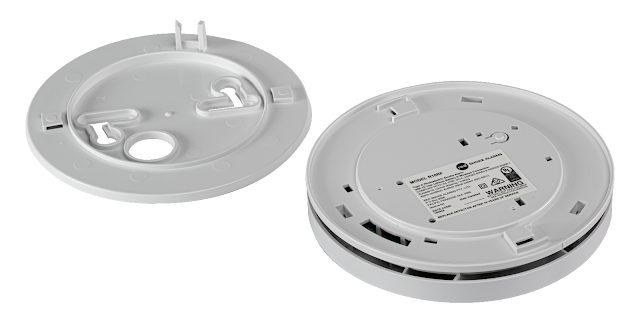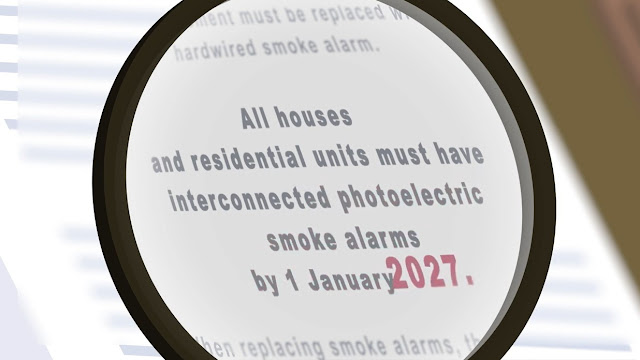🔥 Unwrapping Safety: Queensland's Secret to a Hot Christmas Without the Flames! 🚒🎄 #FireproofFestivities #QLDChristmas
As the Queensland festive season approaches, warm temperatures, holiday decorations and the joy of gatherings fill the air. However, amidst the celebrations, it's crucial to prioritize Christmas fire safety to safeguard our homes and loved ones. Here are some essential tips to ensure a safe and merry Christmas in Queensland this year! Mindful Tree Placement: Choose a fresh, green Christmas tree and keep it well-hydrated. Position it away from any potential heat sources. A dry tree can quickly become a fire hazard, so water it regularly and dispose of it promptly after the holidays. Lights Check: Inspect all Christmas lights before decorating. Discard any frayed or damaged cords and replace burnt-out bulbs promptly. Opt for LED lights, which emit less heat than traditional incandescent lights, reducing the risk of fire. Be wary of non-compliant cheap imports and ensure your lights are Australian Standard certified and have the appropriate electrical safety regulatory compliance ...





